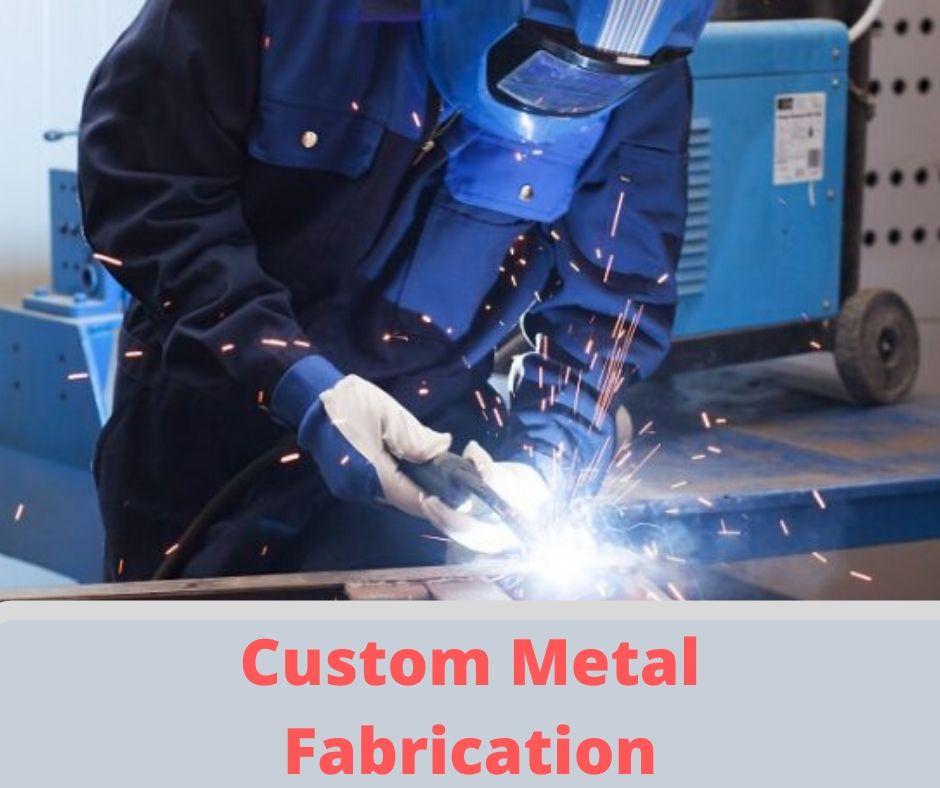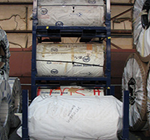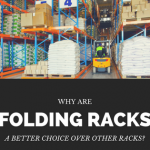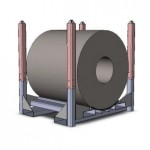Everything You Need to Know About Custom Metal Fabrication
Metal fabrication comprises various manufacturing techniques. In the process, a metal is cut, shaped, and molded into a new form to meet the application requirements. Generally, stock metal components such as metal rods, sheet metals, and metal bars are used for fabrication. Custom metal fabrication is performed, when there is a requirement for metal products with exact specifications. Let's see what a typical custom metal fabrication involves.
Various Types of Custom Metal Fabrication Services

The nature of custom fabrication varies among service providers. Whether you require complete assistance on metal fabrication or support in a particular area, you can approach a service provider. Generally, a need-oriented metal fabrication project involves the following:
- Design: This refers to the primary analysis of the requirements, and conceptualization to create exact products that match the specifications.
- Build: This step comes after design and conceptualization. The manufacturer employs various techniques to develop the desired product.
- Secondary Fabrication: This indicates any special finishing or assembly done to improve the product quality after the fabrication.
Introduction to Custom Design Services
Manufacturing a metal product with specific dimensions and required features is not an easy task. It requires extensive design and planning. Improper planning may affect the quality and purpose of the product. For ideal results, a manufacturer always performs custom design techniques, including:
- Conceptualizing: In this step, the manufacturer finalizes how the product will look when completed. The appearance, features, strength, and versatility is decided during the conceptualization phase. It will help a manufacturer plan his activities to shape the metal sheet into the component that the client requires.
- Visualization: After the initial conceptualization, fabricators use Computer Aided Designs (CAD) to create 2-D and 3-D representations of the products. This phase helps them understand the final look of the product, as well as identify the structural inefficiencies before production.
- Tool Designing: Many custom metal fabrication services provide tool design assistance.
There is a popular misconception that custom fabrication is a purely automated process. However, after reading the above steps, you will get an idea that metal fabrication is an elaborate process, and involves various complicated procedures.
Understanding Custom Metal Fabrication Methods
A typical custom metal fabrication is a combination of many of the methods given below:
- Shearing: This is a basic cutting method. Large metal sheets are cut into desired-sized sheets depending on the requirement.
- Stamping: This method is performed when the metal sheets are required to be stretched and shaped into a 3D object. Popular examples include pots, gears, or cans.
- Bending: As the name suggests, this step is performed to bend a metal sheet at a desired angle. This is performed using a press brake.
- Drawing: Here, molten metal is converted into a die by employing strong tensile forces.
- Milling: A milling machine is used to cut non-circular holes in a metal sheet. Milling is done to reduce the weight of the metal sheet or to improve its finish.
- Punching: The metal sheets are punched using uniquely shaped turrets for creating decorative patterns on them.
- Welding: This is a common fabrication method. The welding is performed to fuse metal sheets. Special welding machines are used for this purpose, and they use a combination of pressure and heat.
- Drilling: This is performed to drill circular holes in the metal sheet.
- Casting: In this method, a hot liquid metal is introduced into a mold, and then allowed to cool, and harden.
- Turning: The metal sheet is axially rotated, while a cutting tool is used to shape it.
- Forging: This refers to the compressive force applied to shape the metal.
The choice of the right fabrication method will depend on the client’s specifications, part geometry, the metal involved, and the intended product purpose.
Metal Fabrication Materials
Custom fabrication can be performed on metals such as brass, aluminum, gold, copper, nickel, silver, tin, magnesium, and various steel grades.
Secondary Metal Fabrication Methods
Some customized metal products produced from the above-mentioned methods may require secondary finishing to achieve their desired profile. Some of the secondary metal fabrication services include riveting, adhesive bonding, sawing, screwing, and more.
If you require custom-fabricated metal products, consider a reliable service provider. To know more about our custom metal fabrication services, or its benefits for your metal products, email us at info@spsidealsolutions.com.
Related Posts:
- 9 Ways to Save Money on Metal Fabrication
- Learn About the Importance of Material Selection in Sheet Metal Fabrication
- What is Metal Sheet Fabrication?
About The Author











